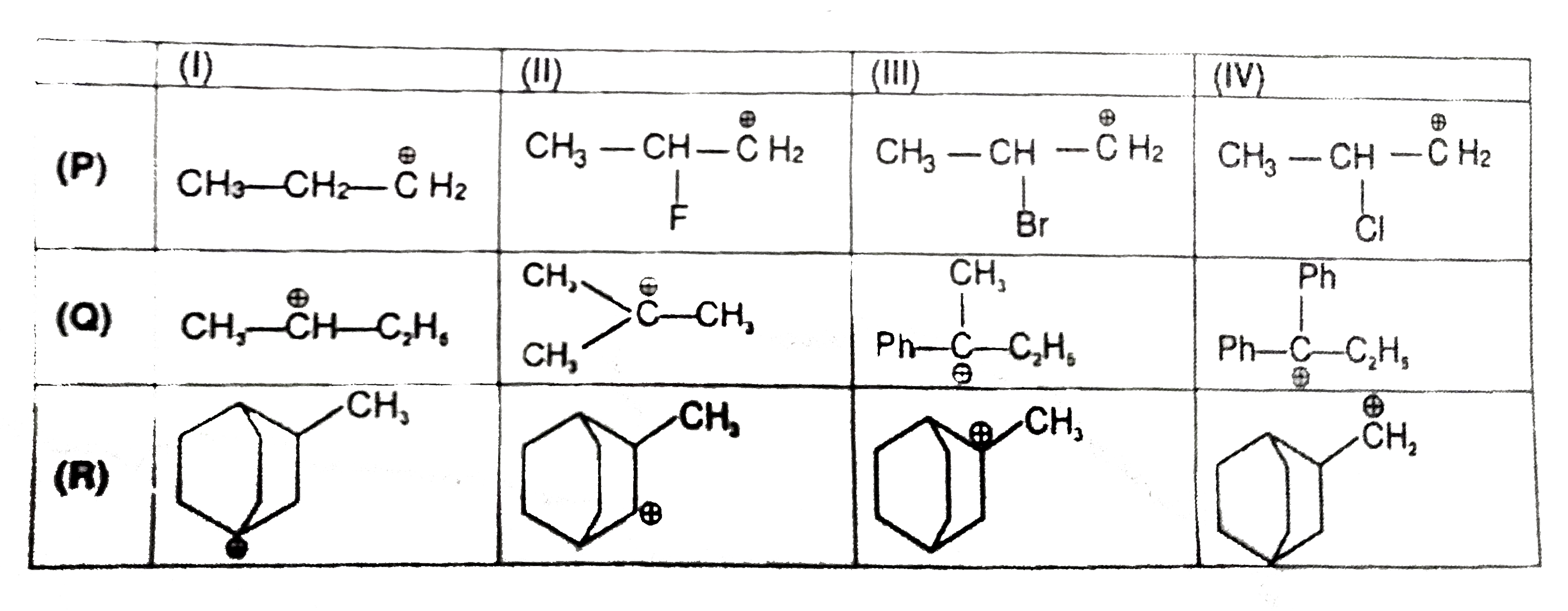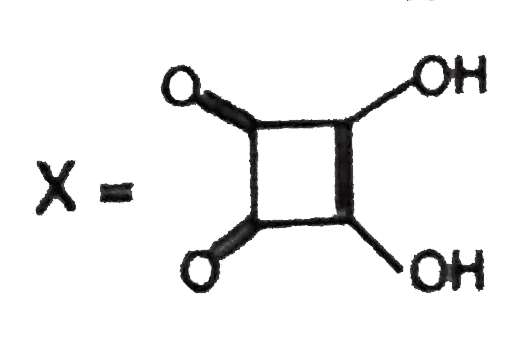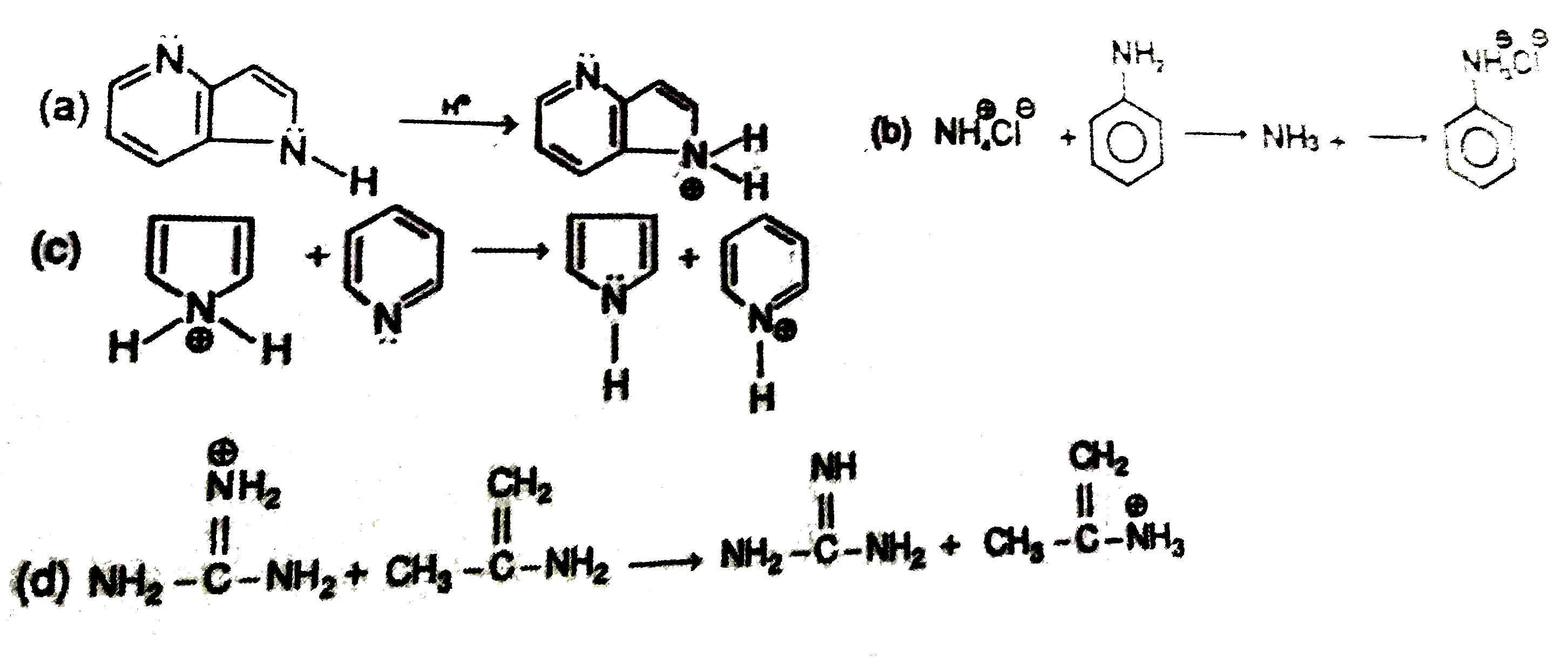Complete Solutions to Exercise-1 of chapter GENERAL ORGANIC CHEMISTRY II of Class 11 book with complete answers and questions
| Class 11 | CHEMISTRY |
| Chapter | GENERAL ORGANIC CHEMISTRY II |
| RESONANCE NEW | Exercise-1 |
| Number Of Questions | 20 |
| Academic Year | 2023-24 |
Arrange the following in decreasing order of stability

View SolutionArrange the following in decreasing order of stability

View SolutionRange the following free radicals in increasing order of their stability and give appropriate reasons.

View SolutionArrange the following free radicals in decreasing order of stability:

View SolutionArrange the following carbocations in decreasing order of their stability:

View SolutionWhich of the following carbocation is more stable and why?

View Solution
Draw the structure of P and Q.
View SolutionCompare the basic strength of the following compounds:
`underset((I))(C_(2)H_(5)O^(-))" "underset((II))(C_(2)H_(5)^(-))" "underset((III))(C_(2)H_(5)NH^(-))" "underset((IV))(NH_(2^(-)))" "underset((V))(F^(-))`
View SolutionCompare the basic strength of the following compound:

View SolutionWhich of the following group is most basic in the given compounds"

View SolutionWhich of the following is a stronger base? Give reason to justify your answer.
`{:(CH_(2)=CH-NH_(2)" "CH_(2)=N-CH_(3)),(" "I" "II):}`
View SolutionWhich 'H' atom is most acidic in the following compounds.

View SolutionArrange the following in decreasing order of acidity

View SolutionThe given compound is a strong acid. Justify this statement. X=

View SolutionWhich of the following reactions is/are feasible?

View SolutionWhich of the following reaction is feasible?

View SolutionWhich of the following acids (given below) react with `NaHCO_(3)` and liberate `CO_(2)(g)` ?

View SolutionWhich of the following compounds will exhibit tautomerism?

View SolutionWrite the tautomers of the following compounds.

View SolutionMonocarbonyl compounds have very small percentage enol form at equilibrium . Explains.
View Solution
Exercise-1 questions and complete solutions for chapter GENERAL ORGANIC CHEMISTRY II of RESONANCE ENGLISH of Class 11
All Exercises from RESONANCE NEW Class 11 CHEMISTRY GENERAL ORGANIC CHEMISTRY II
- (APSP) Part-I:Practice Test-1
- Exercise-1
- Exercise-3 Part:I JEE(Advanced)/IIT-JEE Problems (Previous Years)
- Exercise-3 Part:II JEE(MAIN) ONLINE PROBLEMS
- Exercise-3 Part:II JEE(MAIN)/AIEEE PROBLEMS (PREVIOUS YEARS)
- Part-I : Only One Option Correct Type
- Part-II Only One Option Correct Type
- Part-II: NSEC (Stage-I)
- Part-II: Single And Double Value Integer Type
- Part-III: Match the Column
- Part-III: One or More Than One Options Correct Type
- Part-III: Practice Test-2 (IIT-JEE (Advanced Pattern))
- Part-III: Section-4 : Comprehension Type
- Part-III: Section-5: Matching List Type
- Part-IV : Comprehension
- Solved example